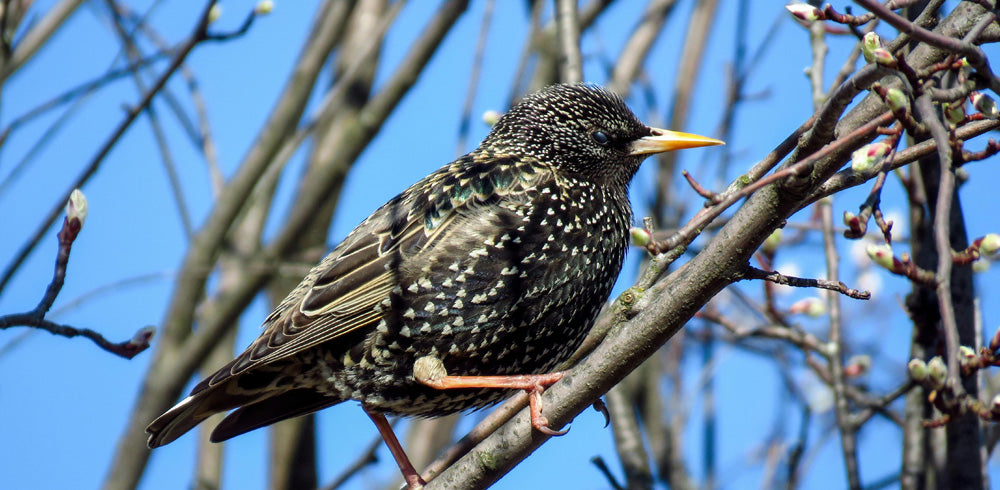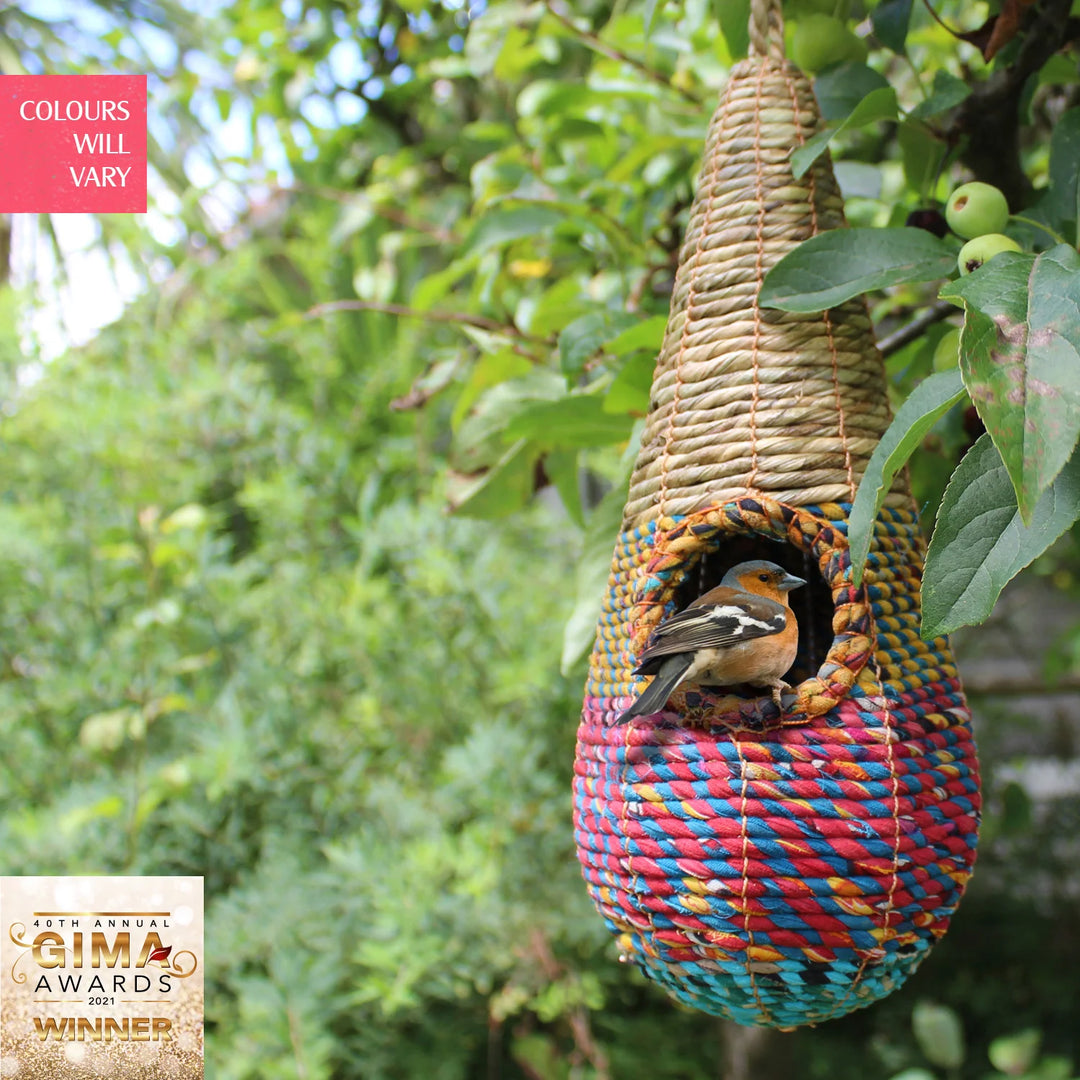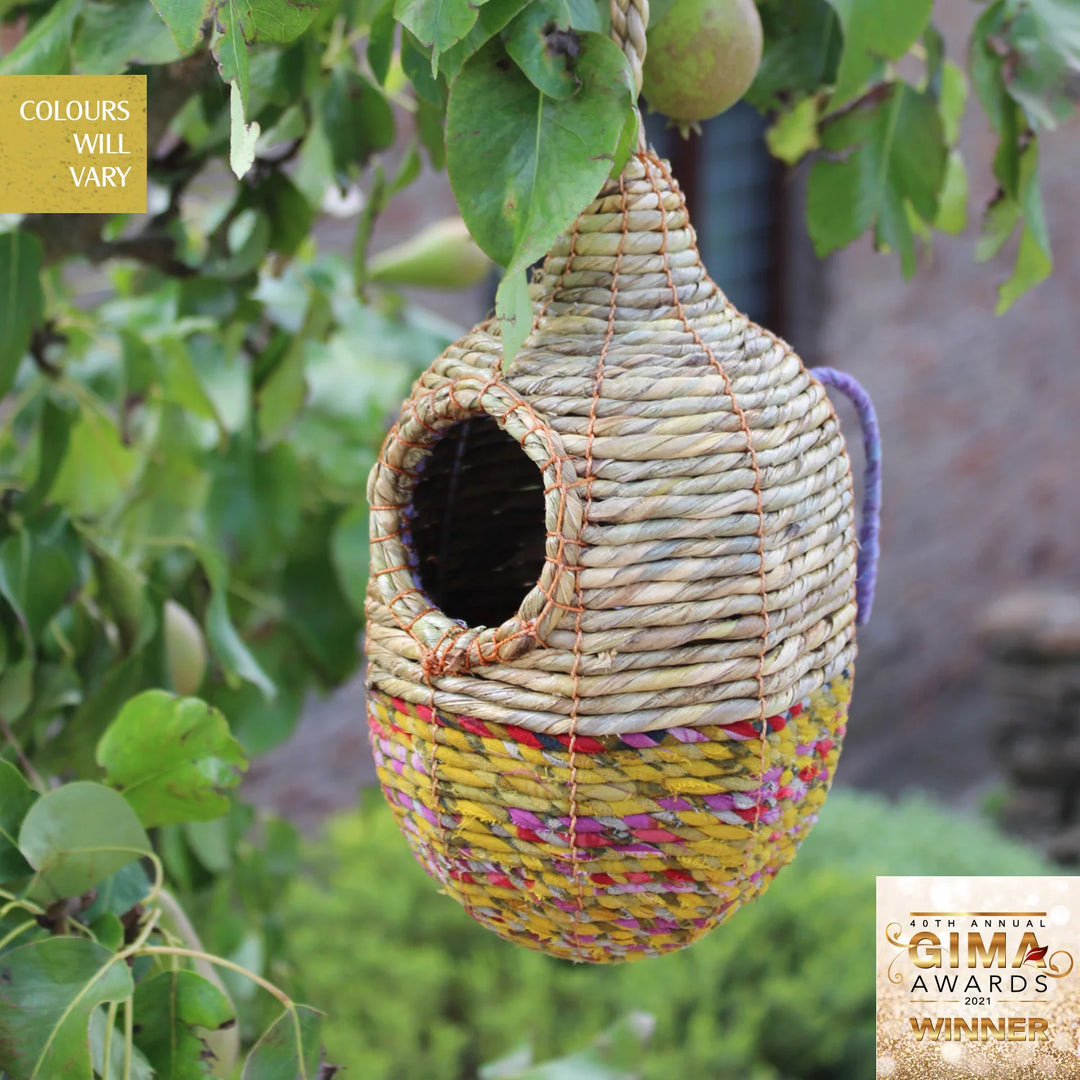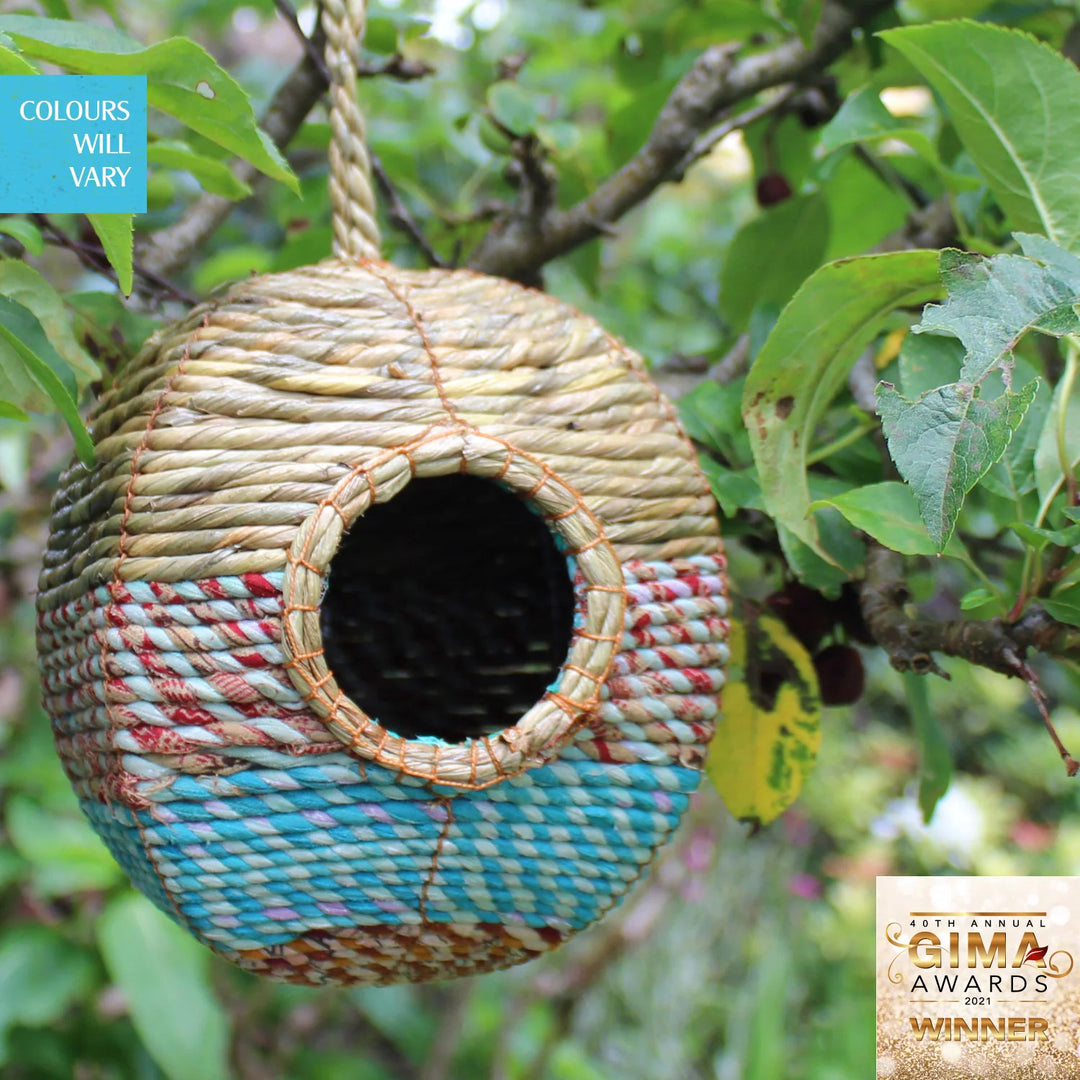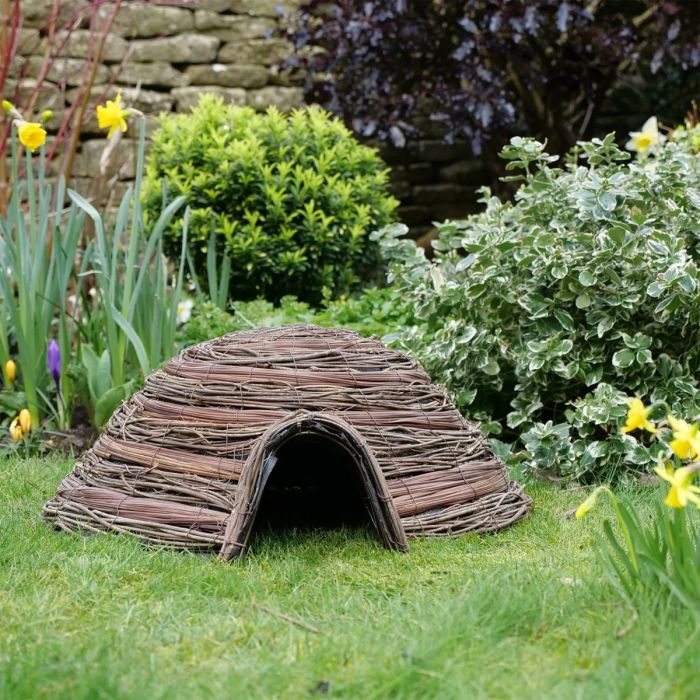Starlings
Starlings are known for their stunning plumage and unique behaviours. These birds are a common sight in the UK, but they are also considered to be endangered and protected species. Let’s delve into the world of starlings and learn more about their habitat, migration patterns, nesting habits, diet, and more.
Habitat: Starlings are found throughout the UK in a variety of habitats, including woodlands, farmlands, parks, and urban areas. They are highly adaptable birds and can thrive in both rural and urban environments. Starlings are known for their distinctive chattering calls and acrobatic flight patterns, making them a joy to watch in the wild.
Migration: One of the most fascinating aspects of starlings is their annual migration patterns. In the UK, starlings are known for their spectacular murmurations, where thousands of birds gather in the sky to perform intricate aerial displays. These murmurations are a sight to behold and attract birdwatchers from around the world.
Nesting: Starlings build their nests in cavities, such as tree hollows, buildings, and nest boxes. They are known for their elaborate nests, which are made from twigs, grass, and feathers. Starlings are social birds and often nest in colonies, with multiple pairs sharing the same nesting site.
Plumage and Colours: Starlings have striking plumage with iridescent feathers that shimmer in the sunlight. Their feathers can appear black from a distance, but up close, they reveal a rainbow of colours, including green, purple, and blue. The vibrant colours of starlings’ feathers make them a beautiful sight to behold.
Beak: Starlings have a sharp, pointed beak that is well-suited for probing and pecking at their food. Their beak is designed to help them catch insects, worms, and other small prey. Starlings are opportunistic feeders and will eat a wide variety of foods, including fruits, seeds, and scraps.
Diet: Starlings have a varied diet that includes insects, fruits, seeds, and even small mammals. They are skilled foragers and will use their sharp beaks to probe into the ground or pry open crevices to find food. Starlings are known for their voracious appetites and can quickly strip fruit trees of their harvest.
Feathers: The feathers of starlings play a crucial role in their survival. Their feathers provide insulation, protection, and help them regulate their body temperature. Starlings molt their feathers regularly to maintain their plumage and keep themselves in top condition. The iridescent colours of their feathers also play a role in attracting mates and signaling their health and vitality.
Starlings in the UK are remarkable wild birds that are both beautiful and fascinating. Their unique behaviours, stunning plumage, and adaptability make them a joy to observe in the wild. However, it is important to remember that starlings are endangered and protected species, and efforts must be made to conserve their populations and habitats. By learning more about starlings and appreciating their beauty, we can help ensure that these magnificent birds continue to thrive in the UK for generations to come.
Habitat: Starlings are found throughout the UK in a variety of habitats, including woodlands, farmlands, parks, and urban areas. They are highly adaptable birds and can thrive in both rural and urban environments. Starlings are known for their distinctive chattering calls and acrobatic flight patterns, making them a joy to watch in the wild.
Migration: One of the most fascinating aspects of starlings is their annual migration patterns. In the UK, starlings are known for their spectacular murmurations, where thousands of birds gather in the sky to perform intricate aerial displays. These murmurations are a sight to behold and attract birdwatchers from around the world.
Nesting: Starlings build their nests in cavities, such as tree hollows, buildings, and nest boxes. They are known for their elaborate nests, which are made from twigs, grass, and feathers. Starlings are social birds and often nest in colonies, with multiple pairs sharing the same nesting site.
Plumage and Colours: Starlings have striking plumage with iridescent feathers that shimmer in the sunlight. Their feathers can appear black from a distance, but up close, they reveal a rainbow of colours, including green, purple, and blue. The vibrant colours of starlings’ feathers make them a beautiful sight to behold.
Beak: Starlings have a sharp, pointed beak that is well-suited for probing and pecking at their food. Their beak is designed to help them catch insects, worms, and other small prey. Starlings are opportunistic feeders and will eat a wide variety of foods, including fruits, seeds, and scraps.
Diet: Starlings have a varied diet that includes insects, fruits, seeds, and even small mammals. They are skilled foragers and will use their sharp beaks to probe into the ground or pry open crevices to find food. Starlings are known for their voracious appetites and can quickly strip fruit trees of their harvest.
Feathers: The feathers of starlings play a crucial role in their survival. Their feathers provide insulation, protection, and help them regulate their body temperature. Starlings molt their feathers regularly to maintain their plumage and keep themselves in top condition. The iridescent colours of their feathers also play a role in attracting mates and signaling their health and vitality.
Starlings in the UK are remarkable wild birds that are both beautiful and fascinating. Their unique behaviours, stunning plumage, and adaptability make them a joy to observe in the wild. However, it is important to remember that starlings are endangered and protected species, and efforts must be made to conserve their populations and habitats. By learning more about starlings and appreciating their beauty, we can help ensure that these magnificent birds continue to thrive in the UK for generations to come.


